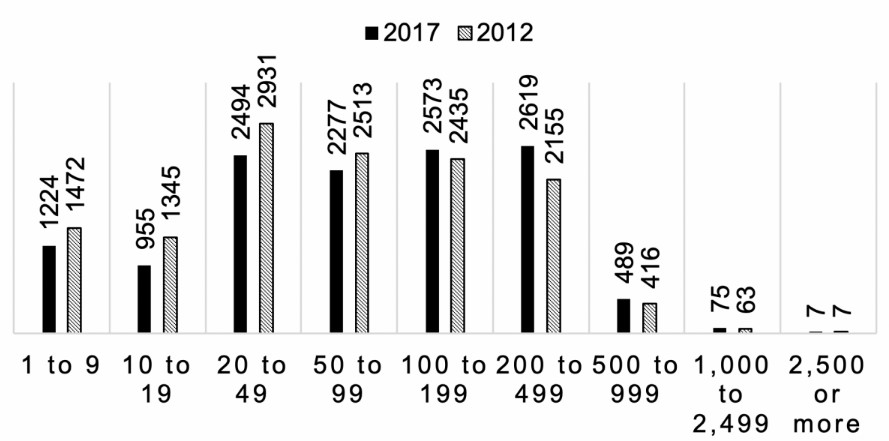By Nicolas DiLorenzo

Producers across the Southeast are having to make some tough decisions this summer. The calf market has fallen off considerably, so should you sell at weaning, or should you keep your calves grazing on good pasture and sell later with some added weight? You need to consider both your resources and also your risk. If you decide to hold on to your calves after weaning, there are some things to consider before making this decision.
Cattle ranchers in the Southeast are blessed to have mild winters that allow cattle to graze winter forages that provide more than sufficient protein and energy for adequate feeder cattle weight. A considerable number of stocker operations take advantage of this opportunity to follow summer row crops with high quality annual winter forges for cattle grazing. Perennial summer pastures, however, are not as suitable for putting weight on weaned calves. There are some key points to consider with regards to the nutritional requirements of young, growing cattle.
Cattle prices are falling and that means you need to tighten your belts, so every pound you can add is important. Common pasture grasses, such as bahiagrass and Bermudagrass, are resilient and provide growing cattle a good percentage of the nutrients required for growth, but in general will not meet their total requirements. Commonly, bahiagrass has around 8% crude protein and approximately 50% digestibility . This can make it difficult for calves, who are already stressed due to weaning, to grow and perform to their potential. Furthermore, weaned calves may face extra weather stress this summer as El Niño is moving out and La Niña is moving in.
So what are some solutions?
Supplemental feeds for growing animals are a good place to start. Growing cattle gaining two pounds per day will need a minimum of 10% crude protein (CP) and 65% total digestible nutrients (TDN). Bahiagrass provides 8% CP and 50% TDN, so supplemental feeds will be necessary to fill the deficiencies, so these weaned calves will continue gaining weight. Secondly, producers may want to consider planting some type of higher quality forage such as pearl millet or sudangrass. For more information on summer annuals, see Picking a Summer Annual Forage or Summer Annual Forage Update. The recommended planting dates for summer annual forages is March 15 to June 30, but they can be planted in July with good success. These crops will grow very fast this time of year, but it will take several weeks for them to reach 20-24″ for the first grazing.
Shade is another factor often overlooked. Weaned calves are going to be more negatively affected by heat stress than mature cattle. Heat stress results in a reduction of forage intake and, in turn, performance. Providing shade for weaned calves is essential for keeping their core temperature cool, so they spend more time grazing.
To summarize, if you want to hold onto your calves after weaning, your calves will need to consume enough energy and protein to support optimal growth and performance.
They will also need to stay cool enough to keep them out grazing. By considering your resources, risks, and the nutrient demands of weaned cattle, you may be able to add value to them by holding on to them a little longer this summer before they go to market.